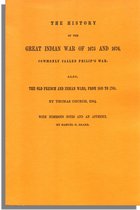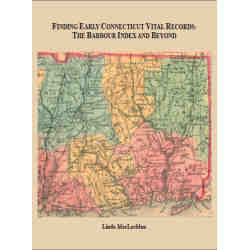Description
King Philip’s War was the most violent conflict between the indigenous population and the New England colonists during the 17th century. The war, which ensued between 1675 and 1677, was named after the sachem of the Wampanoag tribe, Metacom, the son of Massasoit. Metacom had been given the English name “Philip” by the royal governor, accounting for the name commonly used to title the conflict.
King Philip’s War began as an ambitious attempt by a number of Indian tribes to drive the English from the Connecticut Valley. Their reprisals stemmed from the Wampanoags’ frustration with and resentment over English encroachments upon their land and refusals to honor various treaties. Starting in June 1675, the conflict quickly spread from the Wampanoag citadel of Mt. Hope (today Bristol, Rhode Island), Swansy, and other Narraganset strongholds to Deerfield and Northfield in western Massachusetts–where the Indians scored a number of major victories-and to various Connecticut river towns. Hostilities ensued until the Fall of 1677, although Philip himself was killed in July 1676. Probably several thousand persons on both sides died in the conflict, which was decided by the settlers’ superior numbers, alliances with such friendly Indian tribes as the Mohegans and Pequods, and the Indian federation’s inability to re-supply.
This account of King Philip’s War was compiled originally in 1712 by Thomas Church, the son of Colonel Benjamin Church, a leader of the New England forces. It was subsequently edited and annotated by the noted 19th-century Indian scholar, Samuel G. Drake. The second half of the book contains Col. Church’s memoirs from the “French and Indian” wars of 1689 to 1704. An appendix and an index of names round out the volume.






Reviews
There are no reviews yet.